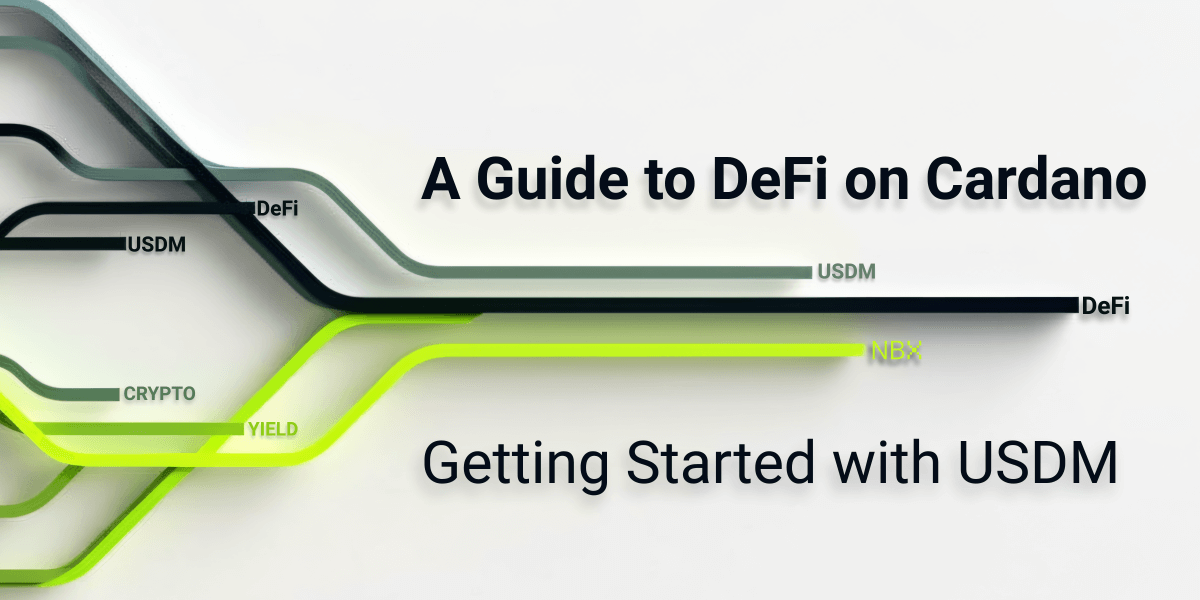In trading, a "maker" is someone who adds liquidity to the market by placing a limit order that is not immediately matched by an existing order. A "taker," on the other hand, is someone who removes liquidity from the market by placing a market order that is immediately matched by an existing limit order.
When a maker places a limit order, it sits on the order book and waits for a taker to come along and match the price. This helps to increase liquidity on the exchange, as there are more orders available for traders to buy or sell at different prices.
When a taker places a market order, it is immediately matched with the best available limit order on the order book. The taker is essentially taking liquidity from the order book, as the limit order they are matched with is removed from the order book.
Many exchanges charge different fees for makers and takers, as takers are seen as taking liquidity from the market and thus may be charged a higher fee. In some cases, makers may even receive a rebate or discount on fees, as they are adding liquidity to the market.
Overall, makers and takers play important roles in trading, with makers adding liquidity to the market and takers providing the demand for that liquidity by placing market orders.
The article does not constitute financial advice.


